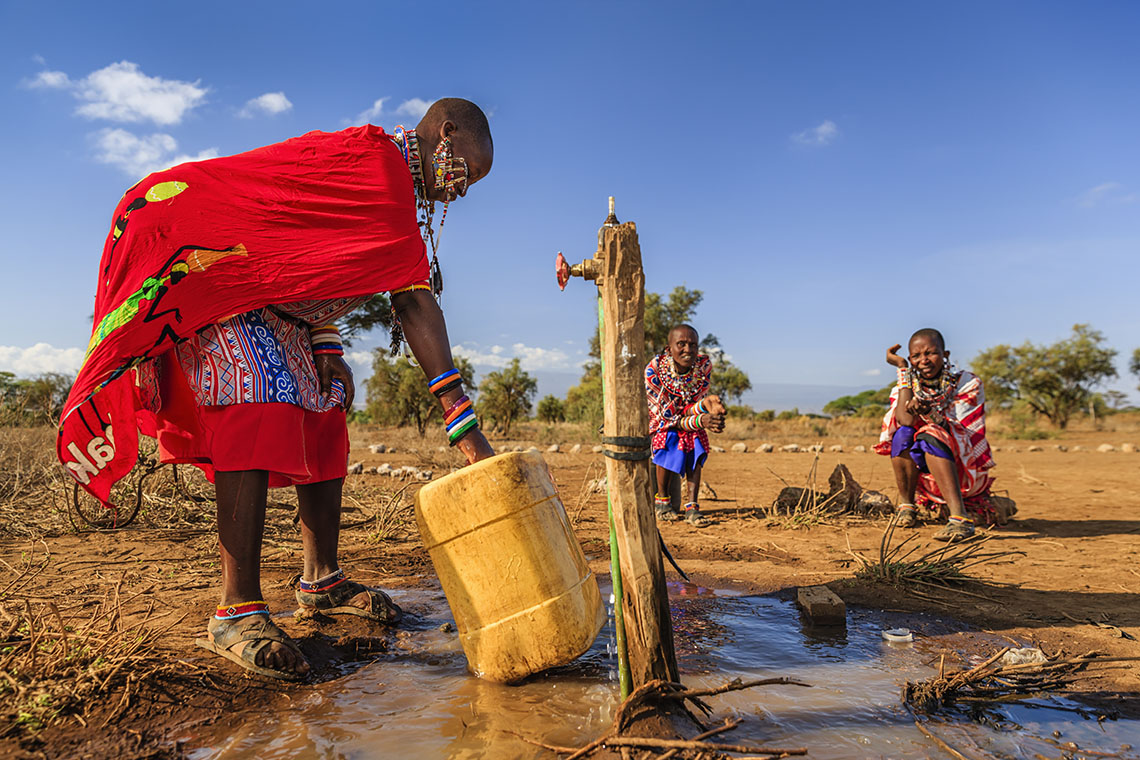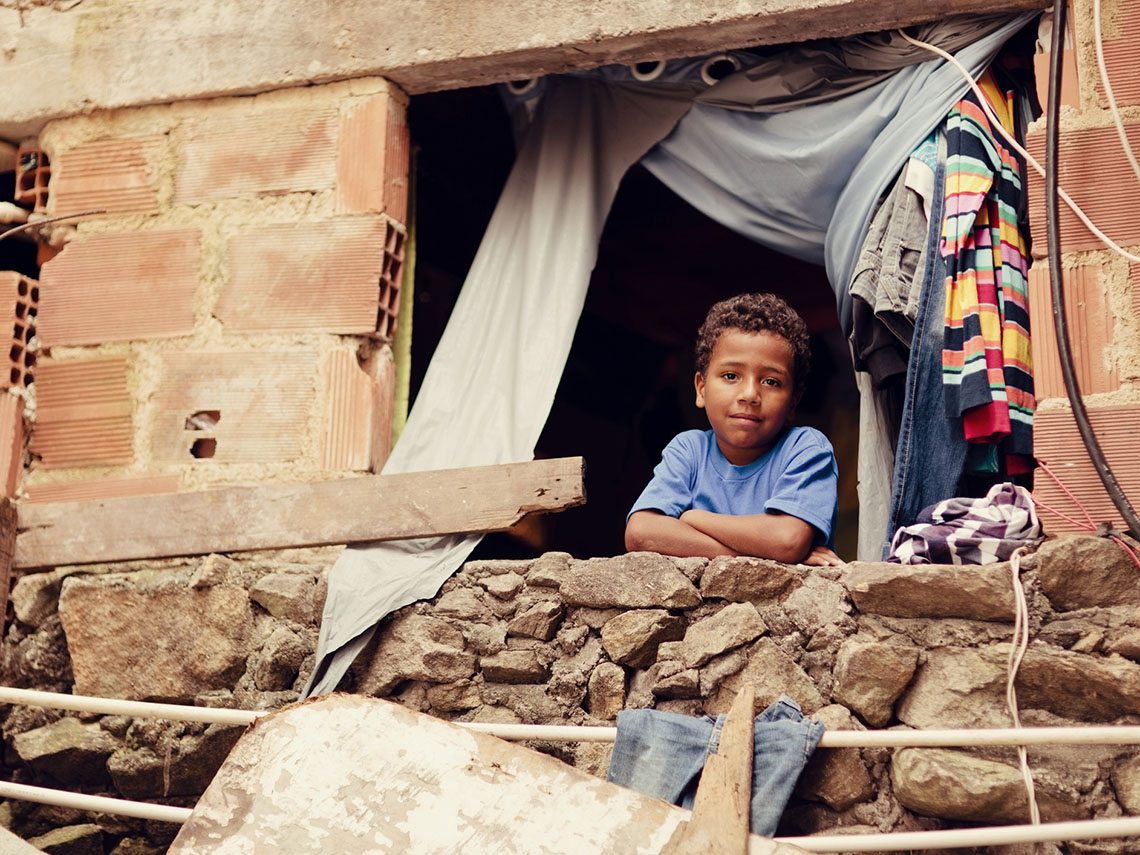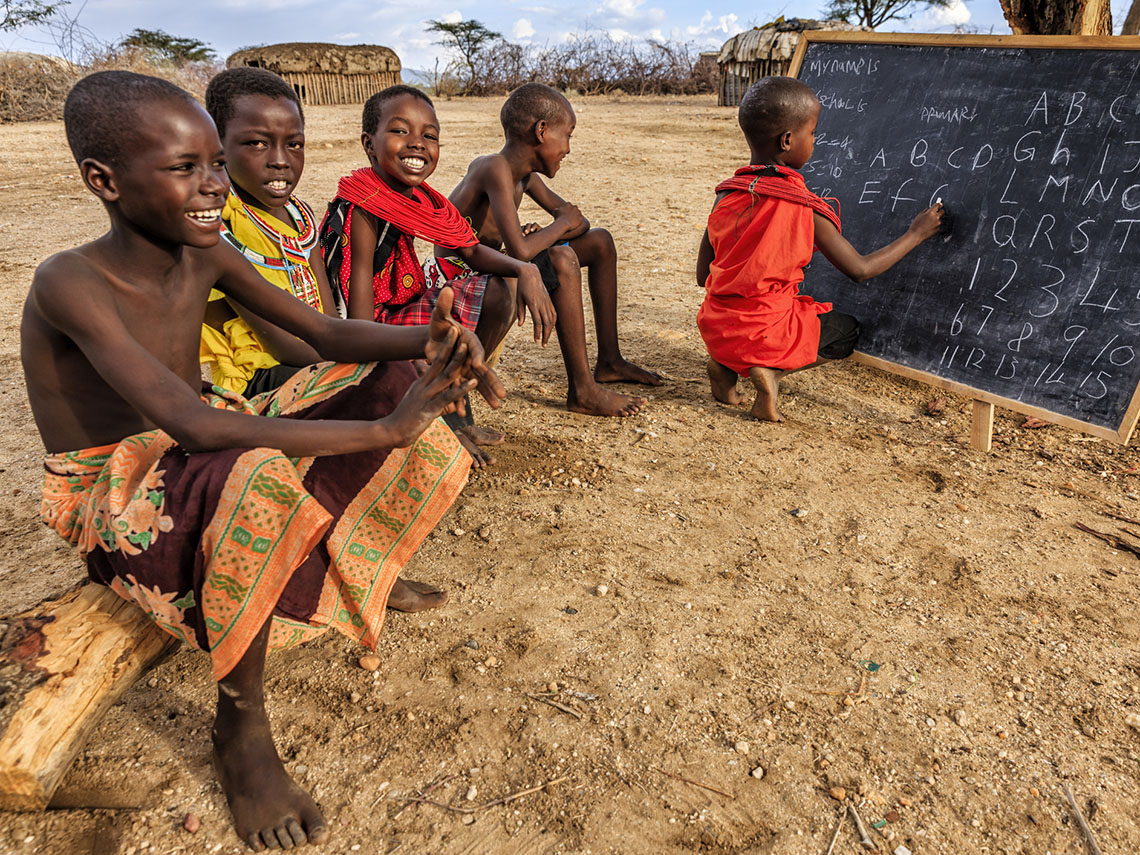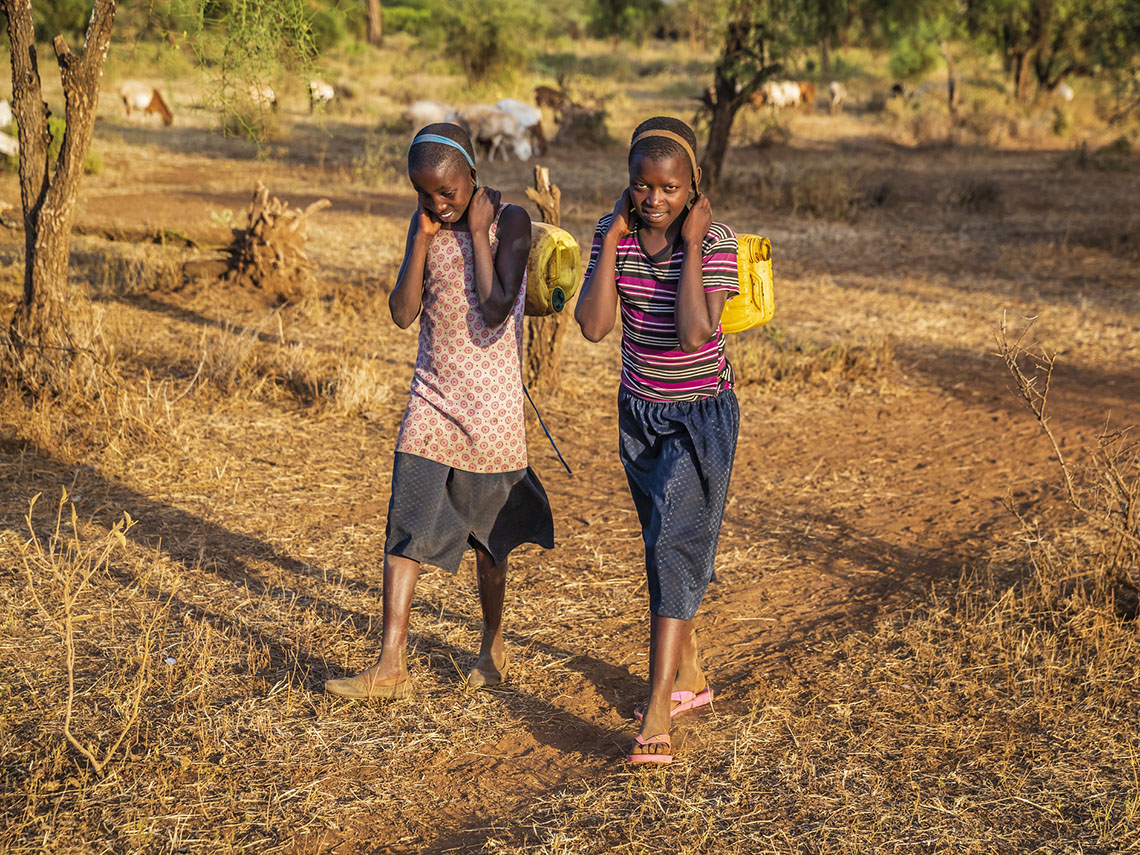Minds On
Task 1: Images from around the world
Explore the following images. As you are scrolling through, record what you notice in the images and descriptions.
Brainstorm
Compare and contrast
Compare the images you explored to your own life by using a t-chart. Use the following fillable and printable T-Chart document to complete this activity. You can also make a t-chart in your notebook or use another method.
Press the ‘Activity’ button to access T-Chart.
Action
Task 1: Sustainable Development Goals
In 2010, a summit was held that made a global action plan to meet the Sustainable Development Goals (SDGs) that were created in 2000. The aim is to achieve these goals by 2030. These SDGs drive international development by committing responsibilities of rich countries to support poor countries. The following is a list of the SDGs:
Sustainable Development Goals

- Eradicate extreme poverty and hunger
- Achieve universal primary education
- Promote gender equality and empower women
- Reduce child mortality (under the age of 5)
- Improve maternal health (including universal access to reproductive health)
- Combat HIV/AIDS, malaria, and other diseases
- Ensure environmental sustainability
- Develop global partnership for development
Research activity
Choose four of the eight SDGs to conduct independent research on. Your task is to explain what the SDG is specifically targeting and what strategies have been put in place to achieve each goal. The United Nations website is a good place to start your research, but you may wish to use other sources.
You can record your work and any other sources used in the following fillable and printable Sustainable Development Goals Research graphic organizer. You can also record your work in your notebook or use another method of your choice.
Use the checklist to guide your research. For each SDG you should consider:
Complete the Sustainable Development Goals Research activity in your notebook or using the following fillable and printable graphic organizer.
Press the ‘Activity’ button to access Sustainable Development Goals Research.
Task 2: Government organizations and non-government organizations
Various organizations work hard to improve the quality of life for people around the world. Organizations are generally categorized as government organizations and non-government organizations (NGOs). An NGO is a non-profit group that functions independently from any government. NGOs work on a variety of levels to serve a social or political goal such as humanitarian or the environmental causes.
No Women, No Water

A woman from the Maasai tribe collecting water in Kenya, East Africa.
WaterCan is a Canadian NGO. They are dedicated to ending poverty by helping under-developed countries gain access to clean water, basic sanitation, and hygiene education.
Explore the following video “No Women, No Water” by The Water Brothers. In this video, the Water Brothers travel to water scarce countries such as Tanzania and Kenya. They explore various organizations, such as WaterCan, and discuss how these organizations are trying to help improve the quality of life in these areas.
Test Your Skills!
Reflection questions
After exploring the “No Women, No Water” video, answer the following questions using a method of your choice.
- What is the purpose of the organization WaterCan? Can you recall any of the Sustainable Development Goals that align with their goal?
- Why does the global water crisis affect many rural communities of Kenya and Tanzania?
- You only explored a short clip of this video. What wonderings do you have about this visit by the Water Brothers?
Task 3: NGO inquiry
Choose one of the following non-government organizations (NGOs) to read about. When you’re done reading answer the reflection questions provided in a method of your choice.
Press the tabs to read about the NGOs.

UNICEF stands for United Nations International Children’s Emergency Fund. It was founded in 1953 to meet the urgent needs of children after World War II. Now, UNICEF works in over 190 countries to protect the rights of children and adolescents. They strive to establish international standards for children through a few different goals:
- UNICEF mobilizes resources to developing countries
- UNICEF ensures protection for the most disadvantaged children (victims of war, disasters, poverty, violence)
- UNICEF responds to emergencies to protect the rights of children
- UNICEF promotes equal rights of women and girls and supports their participation in political, social, and economic development of countries
UNICEF works mainly in developing countries. Recent projects include a focus on climate change and protecting the rights of children on the move. They are also focusing on technology and the long-term implications of consenting to data collection.
Source: https://www.unicef.org/globalinsight/

Water for People is a non-government organization that promotes the development of high-quality drinking water and access to sanitation services. Water for People was developed in 1991 by Ken Miller, Wayne Weiss, and John “Jack” Mannion. Ken, Wayne, and Jack spent most of their lives working in water and wastewater and wanted to build a program that would bring solutions to the world’s water crisis.
Their values are accountability, courage, empowerment, partnership, and transparency.
Water for People focuses on three goals:
- Proof: They will prove that their “Everyone Forever Model” can end the global water crisis. The Everyone Forever Model describes water and sanitation services that are sustainable and can be maintained for generations to come – for every family, clinic, and school. Water for People will work to expand from 30 to 40 districts giving communities reliable water services
- Global leadership: They will share their experiences, both good and bad, by working with governments, society, and others in the water sector
- Scale: They will advise governments, businesses, and partners beyond the 40 districts that they work in. They will create national policies and systems that can scale sustainable water and sanitation services to billions of people across the world
Water for People works around the world, primarily in Guatemala, Honduras, Nicaragua, Peru, Bolivia, Uganda, Rwanda, Malawi, and India. They have impacted 3.6 million people through their efforts, such as fixing broken handpumps across India. They provide toilets for communities, hiring contractors to build bathrooms and provide safe ways to take care of waste. They also educate communities on proper hygiene to reduce the spread of waterborne diseases.
Source: https://www.waterforpeople.org/
Answer the following reflection questions about the NGO you read about. You can record your answers using a method of your choice.
- What is the main purpose of this organization?
- How does their purpose align with one or more of the Sustainable Development Goals?
- What areas of the world do they service?
- What are some key projects they have or are currently working on?
Connections
Independent research
If you are interested in learning about different NGOs, conduct some independent research on the following NGOs. How can you connect these NGOs to the Sustainable Development Goals you learned about?
- International Planned Parenthood Federation
- Stephen Lewis Foundation
- Doctors Without Borders
- Right to Play
- Save the Children
Consolidation
Task 1: Policy
Consider what you’ve learned about the Sustainable Development Goals that have been developed to improve the quality of life. If you had to create another goal to add to the list, what would it be? Why?
Task 2: Create your own NGO

Create your own non-government organization to support one of the Sustainable Development Goals aimed at improving quality of life.
Your organization should include:
Once these three things have been decided, choose one of the following three options:
- Website – Create a website dedicated to your non-government organization. You can make your website digitally or in print. Be sure to include powerful images and key information about your NGO and its purpose.
- Brochure – Create a brochure dedicated to your non-government organization. Be sure to include powerful images and key information about your NGO and its purpose.
- Public service announcement – Create a public service announcement dedicated to your non-government organization. This could be a short video or audio recording. Be sure to include key information about your NGO and its purpose.
Reflection
As you read the following descriptions, select the one that best describes your current understanding of the learning in this activity. Press the corresponding button once you have made your choice.
I feel...
Now, expand on your ideas by recording your thoughts using a voice recorder, speech-to-text, or writing tool.
When you review your notes on this learning activity later, reflect on whether you would select a different description based on your further review of the material in this learning activity.


